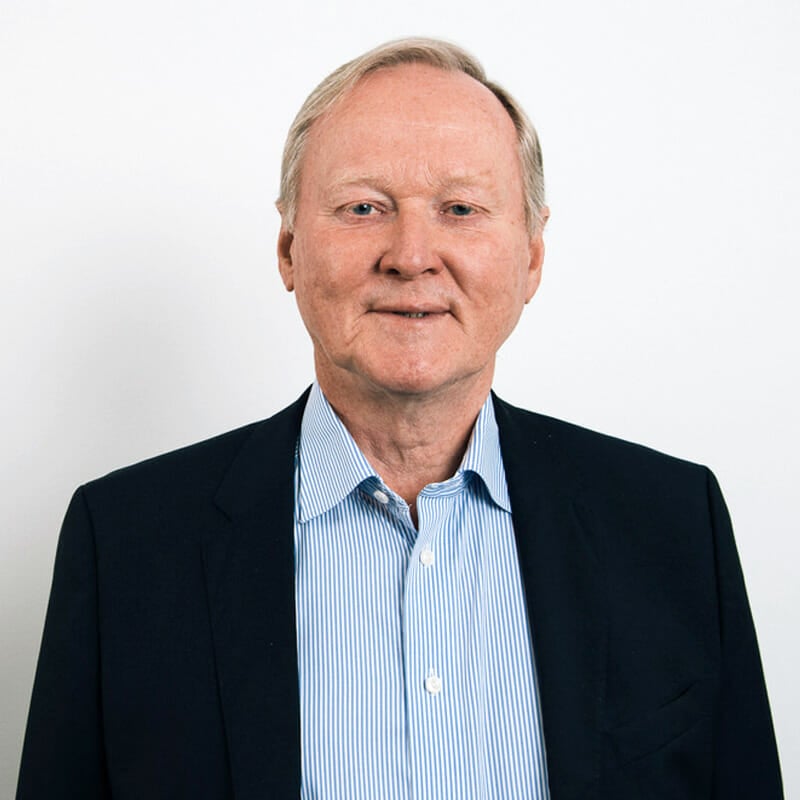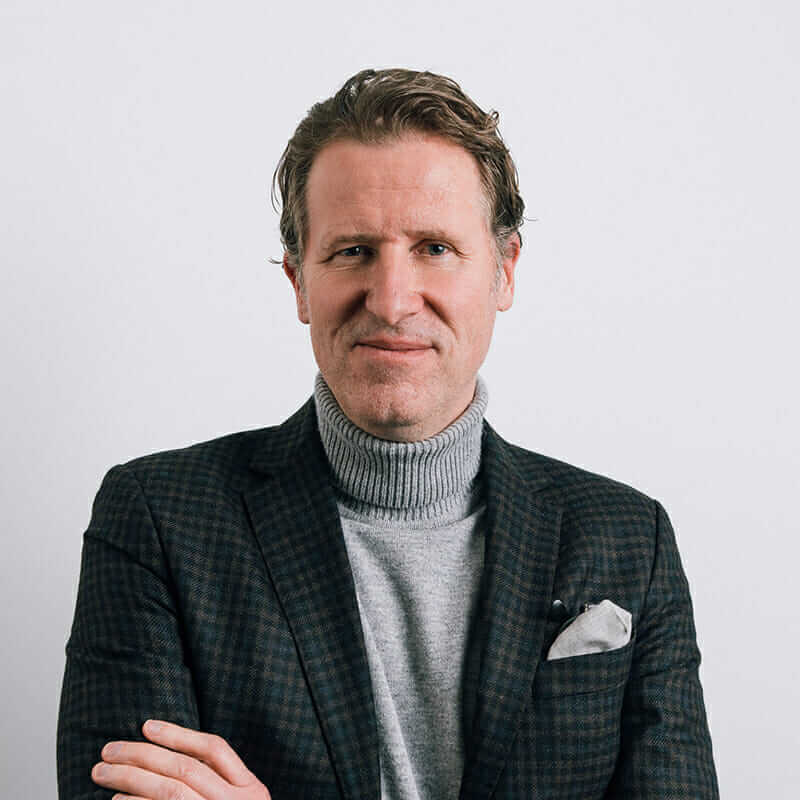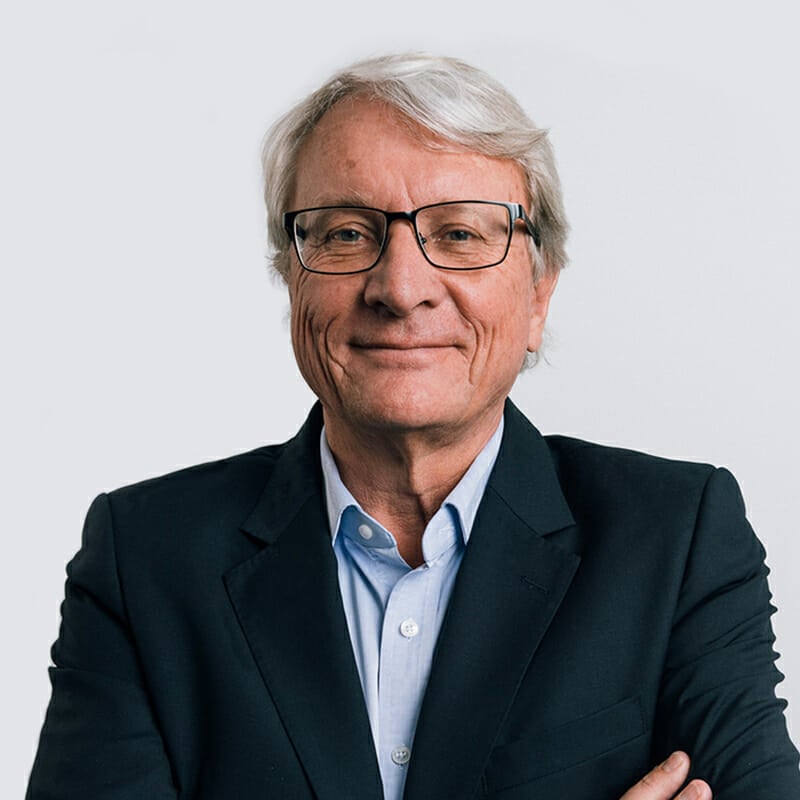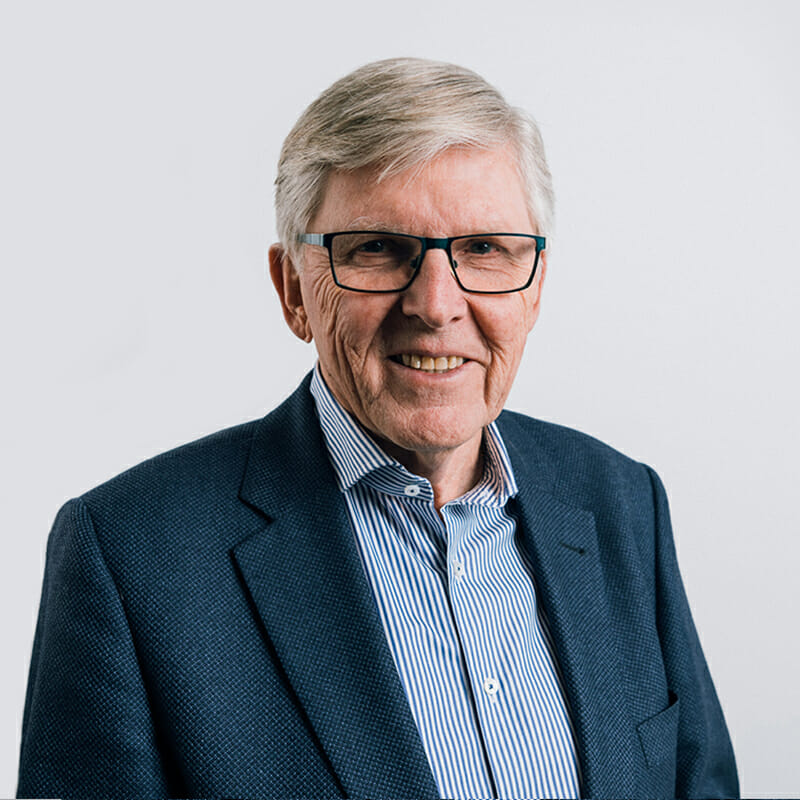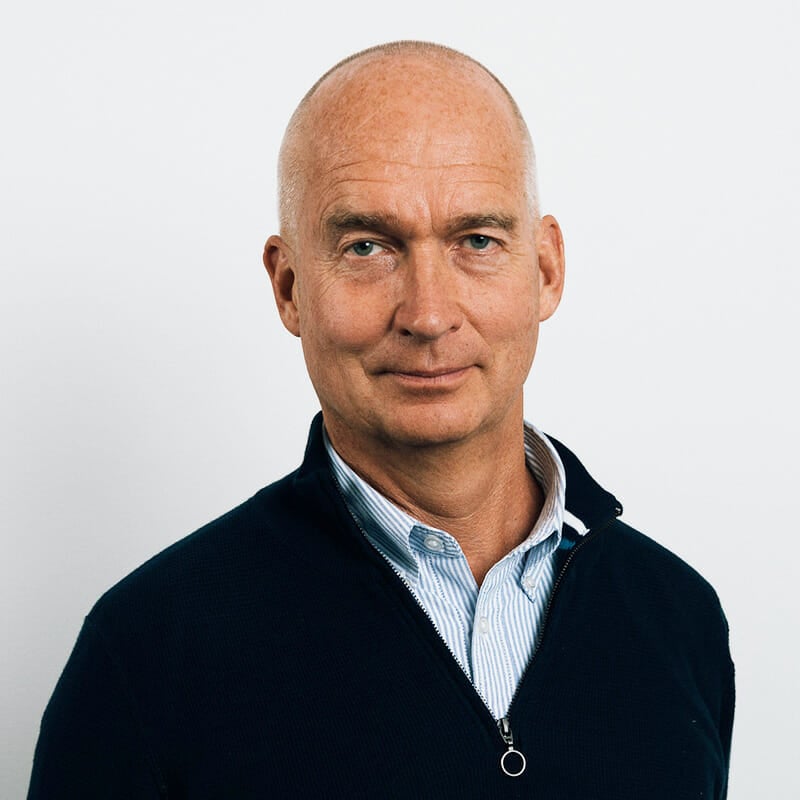Leif Östling
BOARD MEMBER
Leif Östling is one of the world’s leading authorities on modularity. His former positions include Chairman of the Confederation of Swedish Enterprise, CEO of Scania Trucks, Member of Volkswagen AG Board of Management and advisor to Toyota Material Handling Group.
Leif Östling
BOARD MEMBER
Leif Östling is one of the world’s leading authorities on modularity. His former positions include Chairman of the Confederation of Swedish Enterprise, CEO of Scania Trucks, Member of Volkswagen AG Board of Management and advisor to Toyota Material Handling Group.
Q&A
How to Build a Competitive Advantage?
What do you think are the biggest challenges facing industry?
The biggest challenge is the rapid change that’s ongoing. Companies have to move from a traditional steel focus to sensors and services, and focus needs to move fast from steel to system design, with a lot of digital instruments and sensors brought in.
How can companies cope with this change?
You have to keep your product system in order, with modular designs, standardized interfaces and electronic and digital systems that also work in modules.
If you do, the fantastic thing is that you can then develop your business model with all the information you get in from products and customers, not least through connections over the net. You can get amazing information on how to improve and adjust your products and your services in real time, and thereby get closer to the customer than you’ve ever been before.
The consequence of this change is that you can – and have to – change your business model. If not, you’ll never harness the benefits of thinking modular, and you could be in big trouble.
You often talk about moving from ‘inside-out’ to ‘outside-in’. What do you mean?
To really harness the opportunities of a steadily more connected world, I think that traditional companies have to move quickly away from an inside-out approach to what they’re doing. You have to move away from telling customers “Here is what we have and it’s the best you can get.” Instead you have to go out and ask the customer “What do you need?”
This change of perspective, from inside-out to outside-in, focuses the organization on how to better understand customer needs and better harness the user information that’s available to manufacturers of connected products and services. What you need to understand is that the customer almost always wants individual, tailormade products and services.
What are the biggest pitfalls ahead?
The biggest pitfall is to do nothing. The easiest choice is just to carry on with the business model you have, because if you change the business model and the way you work to introduce modularization, you have to change the company culture.
We have a tendency as people not to want to change anything and carry on as it’s always has been. And this general fear of change is what a company’s leadership must handle. How can you connect and motivate people, and support them throughout the change process?
The only way to survive as a big organization, not least today, is to start to move and move quickly
What’s the most amazing thing about modularity for you?
The most amazing thing about modularity is not only that you build in system thinking; you also build interdependencies between different engineering groups and teams so that they can work together. They can’t work separately, in splendid isolation, because those days are gone. With modularity, you get a fantastic instrument for creating a good team spirit in a company.

